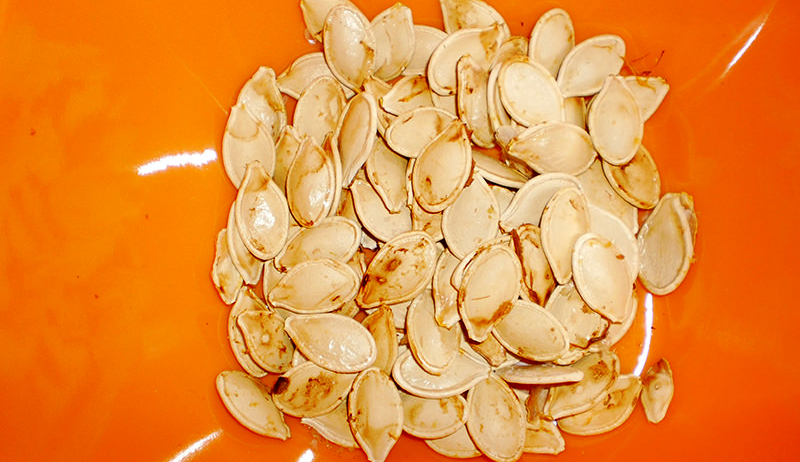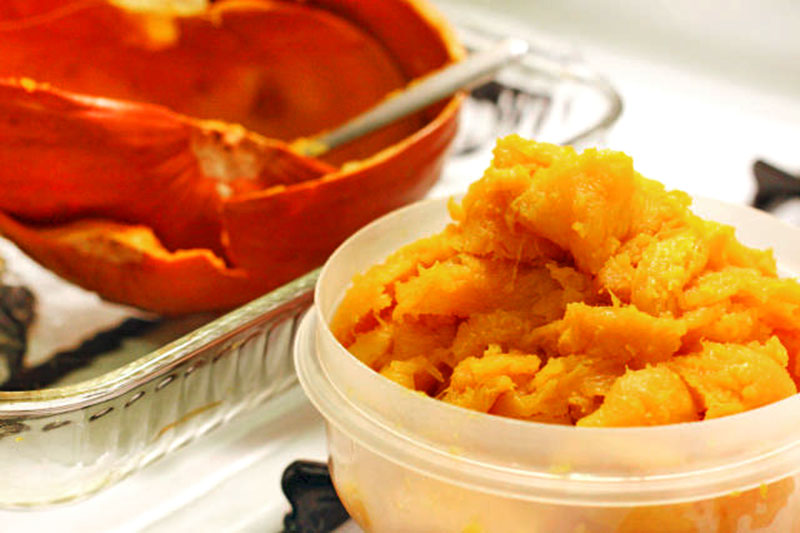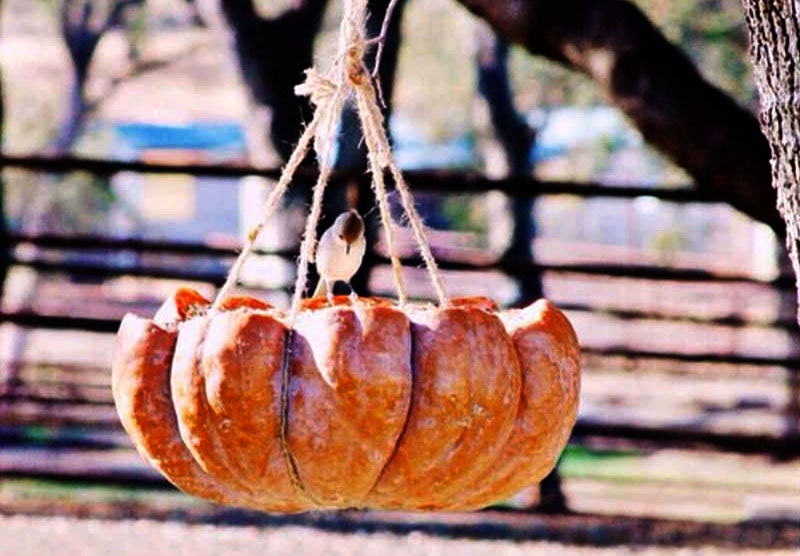Knowing how to prevent frostbite in chickens plus the signs and treatment if it happens is important during the cold weather months.
Several years ago, just a few days before Christmas, a powerful cold front dipped down from Canada and sent most of the country into the single digits. As a cherry on top, it also brought with it howling winds, ice and heavy snow.
On our Tennessee homestead, we knew it was coming. We prepared with extra feed and bedding for our livestock and lined our coop with empty feed bags to cut out drafts.
However, despite everything we did to prepare and keep our flock protected from the winds, which hit negative 20°F during this storm, a few birds developed frostbite.

One of our Welsummers froze in the snow after accidentally stepping in some warm water I had just put out. I was checking on the birds every hour and found her in the snow and wind, literally frozen in place and unable to get back to the shelter of the coop. The frostbite on her legs was so severe she had to be culled.
Some chicken keepers assume that frostbite is only a problem in northern regions with harsh winters. But frostbite can happen whenever temperatures drop below freezing and humidity is present. The lower the temperature and the higher the humidity, the bigger the risk.
SIGNS OF FROSTBITE
Frostbite occurs when blood and moisture in tissues freeze. Look for these signs:
- gray, white, or yellowish tips on the comb or the edge of wattles, which can turn black days after exposure
- reddish toes and feet
- blistering, which can occur within 24 to 48 hours of exposure
- listlessness and loss of appetite
There are several stages of frostbite, just as there are several stages of burns.
STAGE 1 is superficial frostbite, often called “frostnip,” and birds typically make a full recovery.
In STAGE 2, the skin hardens and freezes completely, but deep tissues aren’t affected. In extreme frostbite cases, the affected area can become necrotic, which means the cells in the deeper tissues die completely. This is considered third- and fourth-degree frostbite. It’s permanent and irreversible.
It can take several weeks for necrotic tissue to present. The dead tissue will eventually blacken, shrivel up and fall off, causing intense pain to the bird.
TREATMENT
Treating frostbite takes some care and patience.
First, don’t rub frostbite areas to restore circulation. This can do more harm than good, and it causes intense pain to the bird. Don’t use a focused heat source (such as a hair dryer or heat pad) on the frostbitten area to rewarm the tissue.
Instead, warm the area slowly if it’s still frozen. Put the chicken’s feet in warm water (not hot) for up to 20 minutes at a time. The comb and wattles can be unthawed with warm, damp cloths.

Once the tissue is unfrozen, apply a wound spray such as Vetricyn, or a healing herbal wound salve that contains skin allies such as calendula. If blisters develop, don’t pop them.
Another treatment option is St. John’s Wort oil, which is a fantastic natural wound healer and anti-inflammatory that will help alleviate pain, prevent infection, and speed healing. St. John’s Wort oil is specific for burns, which is what frostbite essentially is (just with cold instead of heat). This oil should be applied topically to the frostbitten area at least twice daily.
Keep the bird indoors in a warm room with food and water for several days. Don’t let the bird walk on frostbitten legs, as this can worsen damage. Provide soft bedding in a crate that forces them to lie down and rest.
HOW TO PREVENT FROSTBITE IN CHICKENS
Thankfully, there are several things you can do to prevent frostbite in your chickens.
IMPROVE VENTILATION: Chickens generate moisture constantly when they’re inside the coop from breathing and droppings. And it’s this moisture, coupled with cold temperatures, that causes frostbite.
It’s essential that your coop has good ventilation all year, but it’s particularly important during the winter months. Vents near the ceiling are best to help prevent moisture build-up.
CLEAN THE COOP: Keeping your coop clean during the winter is an essential part of preventing frostbite. Chicken droppings are mostly water, and when those droppings accumulate in the coop humidity levels rise.
An easy way to keep an eye on temperature and humidity levels in the coop is to purchase a wireless outdoor digital thermometer. Putting the sensor on the wall, right at roost height, can give you a clear picture of the internal environment and help you take action when temperatures drop and humidity rises. If you purchase a wireless digital thermometer, just make sure that the range of the device and the sensor will reach from the coop to your home.
Opinions differ on what humidity levels should be in the coop. The Department of Poultry Science at the University of Georgia recommends coop humidity levels of 50% to 70%.
If you do the deep-litter method during the winter, turn the bedding regularly and apply a dry top layer.
PROVIDE WIDE ROOST POLES: Providing your chickens with wide roost poles can also help prevent frostbite on toes and feet because chickens are able to use their entire body to cover their feet during the night. Wooden roost poles that are 3 to 4 inches wide or wider are ideal for winter roosting.
KEEP CHICKENS HYDRATED: Chickens that are dehydrated are at greater risk of developing frostbite. Chickens can quickly become dehydrated in winter when water freezes, or when chickens don’t want to walk through the elements to get to water.
During the winter months, it’s essential that you have some means of keeping a chicken’s water dish unfrozen. One of the best options is a heated waterer, which keeps the water temperature just above freezing. Small portable greenhouses can also help keep water from freezing when waterers are placed inside, especially when the greenhouse is placed on the south side of the run.
TURN TO CAYENNE: Cayenne is a very warming herb known to help improve circulation. You can sprinkle cayenne directly on their feed or add it to any cooked treats you give out to them.
All chickens, whether they’re classified as “cold hardy” or not, can develop frostbite. And while most instances of frostbite are mild and treatable, occasionally, severe drops in temperature can lead to permanent damage or even fatalities if you’re not careful. Even then, accidents can and will happen.
There’s still a lot you can do to prevent frostbite. Simple steps like regularly cleaning the coop and ensuring adequate ventilation can help ensure that your chickens make it through the winter healthy and whole.
This article about how to prevent frostbite in chickens was written for Chickens magazine. Click here to subscribe.























